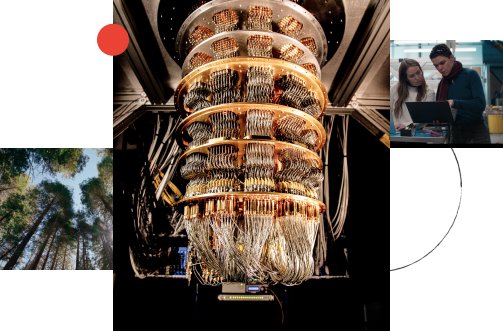Inspect or Guess? Mechanism Design with Unobservable Inspection
Abstract
We study the problem of selling $k$ units of an item to $n$ unit-demand buyers to maximize revenue, where buyers' values are independently (and not necessarily identically) distributed. The buyers' values are initially unknown but can be learned at a cost through inspection sources. Motivated by applications in e-commerce, where the inspection is unobservable by the seller (i.e., buyers can externally inspect their values without informing the seller), we introduce a framework to find the optimal selling strategy when the inspection is unobservable by the seller. We fully characterize the optimal mechanism for selling to a single buyer, subject to an upper bound on the allocation probability. Building on this characterization and leveraging connections to the \emph{Prophet Inequality}, we design an approximation mechanism for selling $k$ items to $n$ buyers that achieves $1-1/\sqrt{k+3}$ of the optimal revenue. Our mechanism is simple and sequential and achieves the same approximation bound in an online setting, remaining robust to the order of buyer arrivals. Additionally, in a setting with observable inspection, we leverage connections to index-based \emph{committing policies} in \emph{Weitzman's Pandora's problem with non-obligatory inspection} and propose a new sequential
mechanism for selling an item to $n$ buyers that significantly improves the existing approximation factor to the optimal revenue from $0.5$ to $0.8$.
mechanism for selling an item to $n$ buyers that significantly improves the existing approximation factor to the optimal revenue from $0.5$ to $0.8$.
